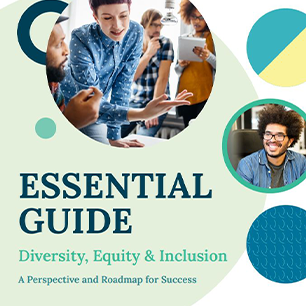POPULAR TOPICS – DIVERSITY, EQUITY, AND INCLUSION
Unconscious Bias in the Workplace Awareness: What is Bias?
To help you recognize and lessen the power of bias in the workplace, we cover types of unconscious bias, how to recognize bias, the impact it can have on workplace culture and prevention strategies.
Get the Training!
6,500+ Organizations Trust Syntrio – You Can Too!















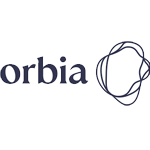










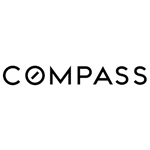


















What is Bias?
Bias is simply a preference for or against. We all naturally have biases. Biases can surface in the following ways:
- Unconscious – you don’t know you have it
- Conscious – you know you have it
- Group – many people have the same bias
How we act on those biases can impact our decisions and behaviors, which can be good or bad for others.
Taking the necessary steps to reduce the power of bias can lessen how tendencies might surface in the workplace and how to avoid them so organizations can build healthy workplaces that promote inclusion and belonging.
What is Unconscious Bias?
Unconscious bias, also known as implicit bias, is learned prejudices or beliefs we have but are unaware of. From a scientific standpoint, our brains receive 11 million bits of information per second, we process 40 bits at a time, and the remaining 99.99% is unconscious. Unconscious biases are mental shortcuts based on social norms and stereotypes.
If you can name it, there is probably an unconscious bias for it. Unconscious biases can be based on skin color, gender, age, height, weight, introversion versus extroversion, marital and parental status, disability status (for example, using a wheelchair or a cane), accents, where someone went to college, and more. These biases cause us to make decisions in favor of one group to the detriment of others and naturally creep into the workplace.
To help you recognize and lessen the power of bias in the workplace, we cover types of unconscious bias, how to identify bias, its impact on workplace culture, and prevention strategies.
Experience the Benefits of a Diverse and Inclusive Workplace
Download Essential Guide to Diversity, Equity & Inclusion (DEI) – A Perspective and Roadmap for Success
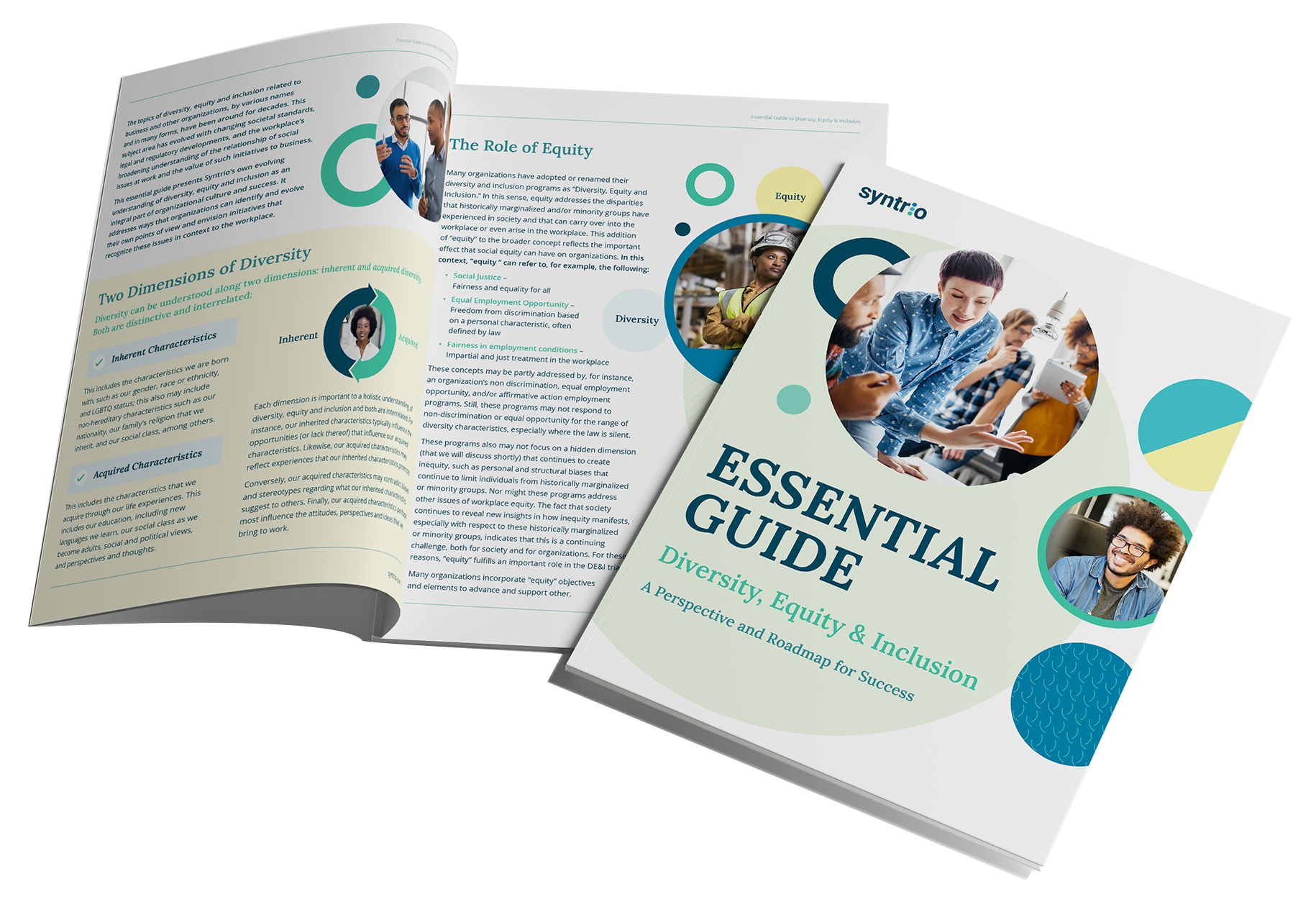
Types of Unconscious Bias
There are more than 150 identified unconscious biases, which makes rooting them out and addressing them daunting. For many organizations, however, identifying as many as possible and eliminating them has become a high priority.
A few of the known or common unconscious biases that directly impact the workplace include:
Affinity Bias
- Affinity bias is the tendency to warm up to people like us and favor individuals with similar backgrounds and experiences.
- This bias may affect employment decisions related to hiring or promotions. For example, a hiring manager may show preference over a job candidate because they both attended the same college or university.
Perception Bias
- Perception bias is the tendency to form stereotypes and assumptions about certain groups that make it impossible to judge members of those groups objectively.
- When we treat or judge others based on stereotypes and judgment about their group, unconscious biases can quickly form related to gender, age, appearance, and other characteristics.
- This unconscious bias can decrease workplace inclusion and a sense of belonging.
Halo Effect
- Coined by psychologist Edward Thorndike in the 1920s, the halo effect is the tendency to think everything about a person is good because you like that person.
- This halo effect may lead to an overly positive impression of a person and could impact.
Confirmation Bias
- Confirmation bias is the tendency for people to seek information that confirms preexisting beliefs or assumptions.
- This type of unconscious bias affects our ability to think objectively, which impacts our ability to be objective. Confirmation bias can lead to false interpretations of information and cause you to overlook information with opposing views.
- Confirmation bias can also stifle innovation in organizations. Our brains are quick to confirm preexisting assumptions, which can cause us to become close-minded and quick to dismiss the ideas of others when they fail to match our beliefs. Sometimes what is unconscious to some is, in fact, quite conscious to others.
Group Think
- This bias occurs when people try too hard to fit into a particular group by mimicking others or holding back thoughts and opinions. This causes them to lose part of their identities and forces organizations to lose out on creativity, innovation, and inclusion.
- These biases influence leaders’ decisions at all organizational levels and may be at play in how managers evaluate different corporate groups. Organizations must help create a speak up and listen up culture openly discussing unconscious biases.
- Unconscious biases are a fact of life. Everyone harbors them and takes them into the workplace. Unconscious biases in the workplace can hinder diversity, recruiting, and retention efforts and unknowingly shape an organization’s culture. Unconscious bias can skew talent and performance reviews. It affects who gets hired, promoted, and developed, and this can undermine an organization’s culture. Organizations must ask, “To what extent are our workplace culture and business results affected by unconscious bias?”
Top DEI Courses
An Introduction to Unconscious Bias
Unconscious bias refers to the limited and unrecognized lens through which we see the world. At times, this can impede how we view others, leading us to underestimate their abilities and contributions. When we recognize our unconscious bias, we can learn to manage it and enable a broader and richer perspective regarding others and the world.
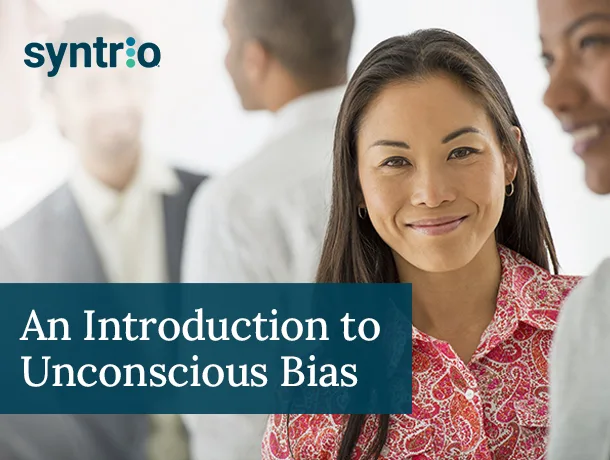
Understanding Bias and Avoiding Common Mistakes
Everyone has biases. To avoid allowing bias to compromise how we work and relate with others, we need to manage bias and avoid common mistakes stemming from bias. This module explores the keys to managing bias and provides practice for various exercises.
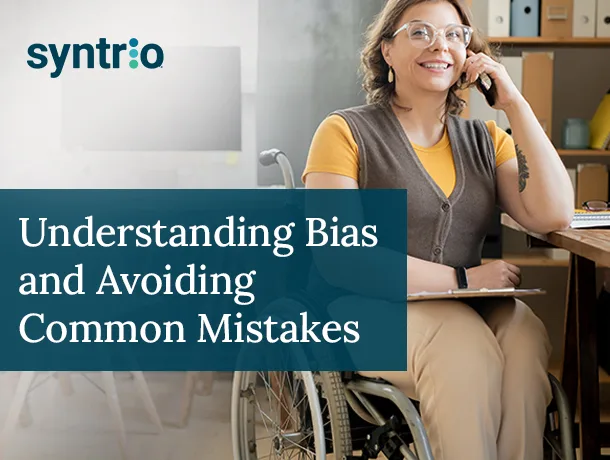
Sensitivity to Racial Identity
Racial identity can profoundly impact an individual regarding background, experiences, social groups, opportunities, and more. When racial identity places an individual in a society’s minority, it presents certain challenges that can diminish the individual’s perceived value at work. In a multicultural society and workplace, all of us can benefit from each individual’s uniqueness, making a better workplace culture and a more successful organization. This course overviews how to learn about and benefit from others with different, sometimes minority, racial identities.
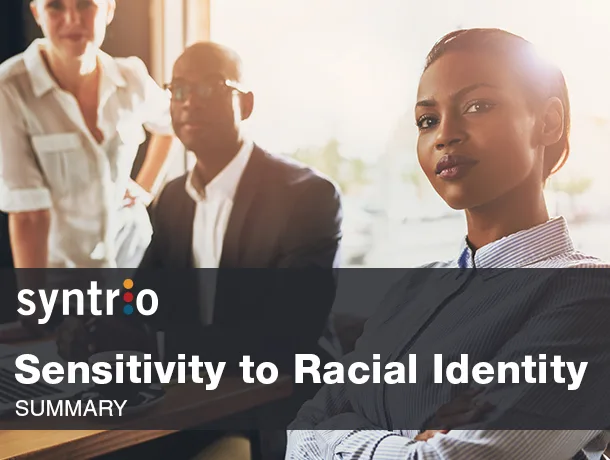
Sensitivity to Social Identity
Social identity can profoundly impact an individual regarding background, experiences, preferred groups, opportunities, and more. When social identity places an individual in a society’s minority, it presents certain challenges that can diminish the individual’s perceived value at work. In a multicultural society and workplace, all of us can benefit from each individual’s uniqueness, making a better workplace culture and a more successful organization. This course overviews how we can learn about and benefit from others with different, sometimes minority, social identities.
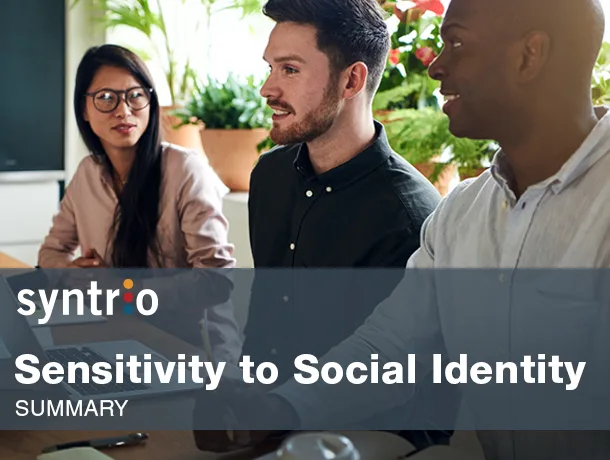
Workplace bias: What it is and how to avoid it
Implicit bias is a form of bias that occurs automatically and unintentionally, affecting judgment, decisions, and behaviors. It can lead to workplace discrimination and prevent organizations from attracting, recruiting, and retaining a diverse and high-performing workforce.
There are many different types of workplace bias, including:
- Gender bias can manifest in many ways, such as paying women less than men for doing the same work or promoting men over women who are equally qualified.
- Racial bias can include stereotyping people of color or giving preferential treatment to white employees.
- Age bias can involve passing over older workers for promotions or assuming that younger workers are less experienced.
- Disability bias can include things like making assumptions about what people with disabilities can and cannot do or not providing reasonable accommodations.
There are several things that organizations can do to reduce workplace bias, including:
- Unconscious bias training: This training can help employees understand and recognize their own unconscious biases.
- Diversity and inclusion initiatives can include setting diversity goals, hiring from a diverse pool of candidates, and creating an inclusive workplace culture.
- Fair hiring practices: This can include things like using blind resumes, conducting structured interviews, and avoiding subjective decision-making criteria.
- Employee resource groups: Employee resource groups can provide support and networking opportunities for employees from underrepresented groups.
If you are concerned about workplace bias, there are several things you can do as an individual, such as:
- Educate yourself about bias: The more you know about it, the better you will be to recognize and avoid it.
- Be mindful of your own biases: Everyone has unconscious biases, but it is important to be mindful of them so they do not influence your behavior.
- Speak up against bias: If you see or experience bias, speak up against it. This can help to create a more inclusive workplace for everyone.




